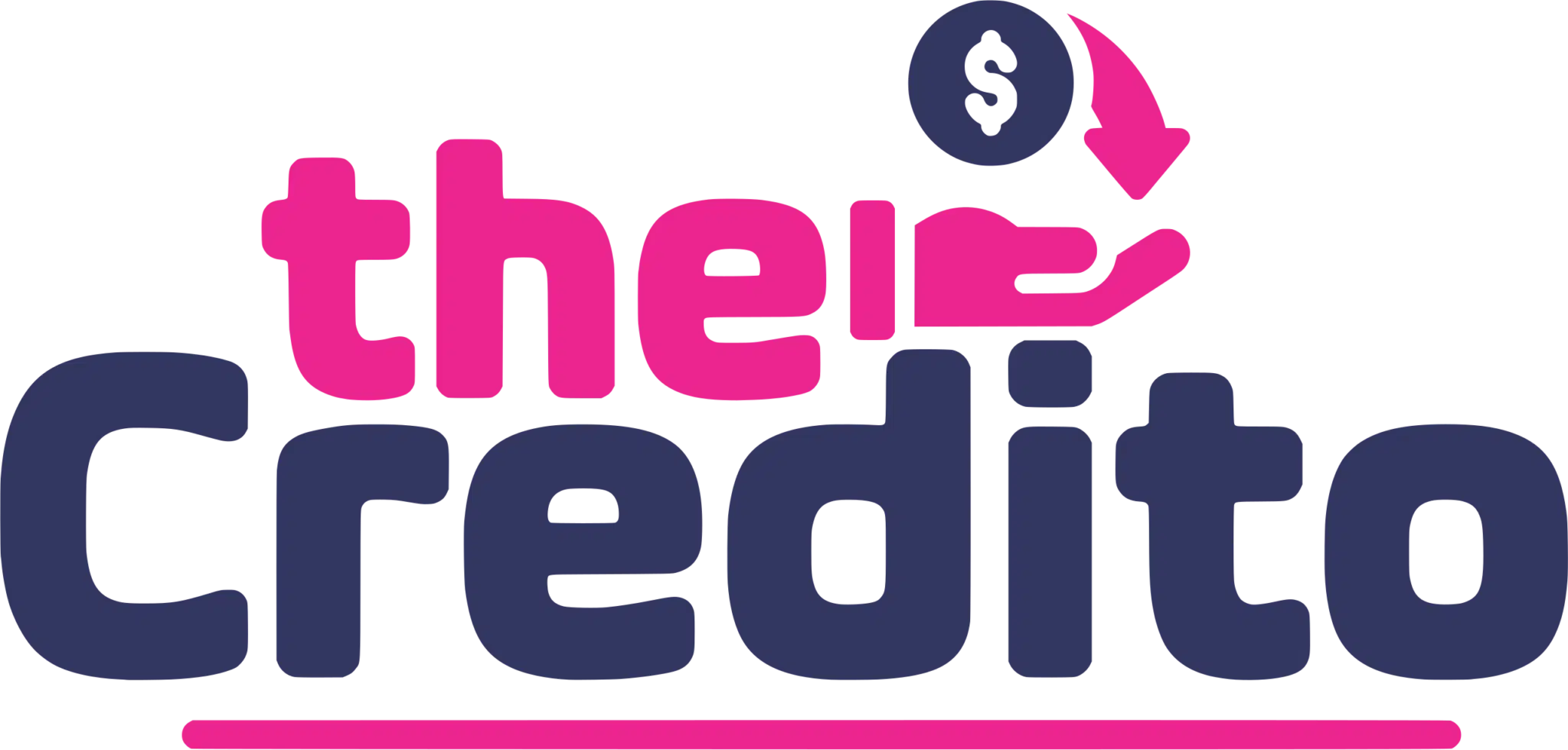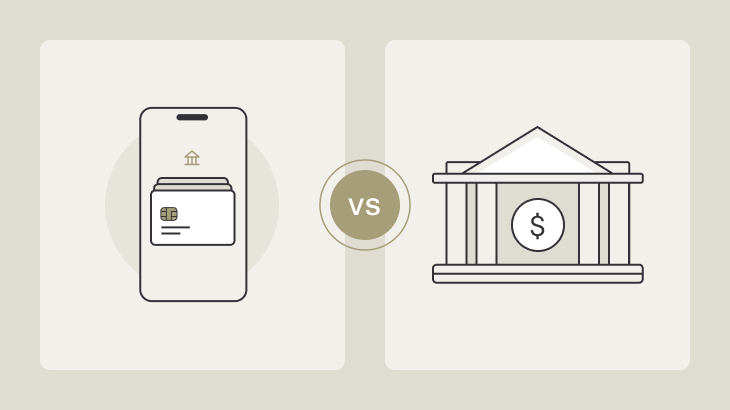In the ever-evolving financial landscape of the United States, the debate between Digital Accounts vs. Traditional Banks is becoming increasingly relevant as we approach 2024.
With the rise of technology and the convenience of online services, many are wondering whether digital banking is the future or if conventional banks still hold the upper hand.
Choosing between these two banking options requires a thorough understanding of their features, benefits, and potential drawbacks. This blog post aims to provide a comprehensive comparison to help you make an informed decision that best suits your needs in the upcoming year.
Understanding the basics of digital accounts

Digital accounts, also known as online banks or neobanks, operate primarily through digital platforms without physical branches. These institutions offer numerous advantages, including lower fees, higher interest rates on savings, and a user-friendly interface accessible from your smartphone or computer.
One of the significant benefits of digital banks is their streamlined account management. Customers can handle all their banking needs, such as fund transfers, bill payments, and check deposits, directly from a mobile app or website. This level of convenience is unmatched by traditional banks.
The advantages of digital banking
One of the most prominent benefits of digital banking is the cost savings. With lower operational expenses, digital banks often pass these savings on to their customers through reduced fees and higher interest rates on deposits. This can make a significant difference over time, especially for those with substantial savings.
Another major advantage is accessibility. Digital accounts enable you to manage your finances from anywhere in the world, provided you have an internet connection. This global reach is particularly beneficial for frequent travelers or expatriates who may struggle to access traditional banking services abroad.
Potential drawbacks of digital accounts
Despite the numerous benefits, digital accounts are not without their downsides. A common concern is the lack of physical branches, which can be inconvenient for those who prefer face-to-face interactions or need to conduct transactions that require in-person verification.
Another issue is the limited range of services. While digital banks excel in offering basic banking functions, they may not provide more complex financial products like mortgages, investment accounts, or wealth management services. Customers who require a broader spectrum of financial solutions might find traditional banks more accommodating.
Evaluating traditional banks in the modern era
Conventional banks, with their longstanding presence in the financial industry, offer a level of trust and reliability that digital accounts strive to match. These institutions have extensive branch networks, allowing for face-to-face assistance and personalized service.
Traditional banks provide a wide range of financial products, including loans, credit cards, mortgage services, and investment opportunities. For customers with diverse financial needs, the comprehensive offerings of these banks can be a significant advantage.
Benefits of conventional banking
One of the key strengths of traditional banks is their physical presence. Having a local branch can be advantageous for individuals who prefer in-person interactions or need to perform tasks that require on-site verification, such as cash deposits or obtaining certified checks.
Traditional banks also tend to offer a more extensive range of financial services compared to their digital counterparts. From auto loans to wealth management advice, conventional banks can cater to almost any financial need, providing a one-stop-shop experience for their customers.
Challenges faced by traditional banking institutions
Despite their many benefits, traditional banks are not immune to challenges. One significant drawback is the higher fees associated with maintaining physical branches and a large workforce. These costs are often passed on to customers in the form of monthly maintenance fees, ATM charges, and other service fees.
Another challenge is the slower adoption of new technologies. While many traditional banks have made strides in integrating digital services, they can still lag behind their purely digital counterparts in terms of innovation and user experience. This can be frustrating for customers who expect seamless, modern banking solutions.
Making the right choice for 2024
Choosing between digital accounts and traditional banks ultimately depends on your individual financial needs and preferences. For tech-savvy users who prioritize convenience and low fees, digital banking offers a compelling solution that aligns well with a modern, on-the-go lifestyle.
On the other hand, those who value face-to-face interactions, a comprehensive range of services, and the trust that comes with well-established institutions may find traditional banks to be the better choice. The key is to assess your specific requirements and determine which option aligns best with your financial goals.
Staying adaptable in a changing financial landscape
The financial industry is constantly evolving, with new technologies and services emerging regularly. To stay ahead, it’s essential to remain adaptable and open to new possibilities, whether they come from digital accounts or traditional banking institutions.
As we move into 2024, the key to successful financial management will be a willingness to adapt and evolve with the times. Whether you choose digital banking, traditional banking, or a combination of both, staying informed and flexible will be crucial in navigating the ever-changing financial landscape.

